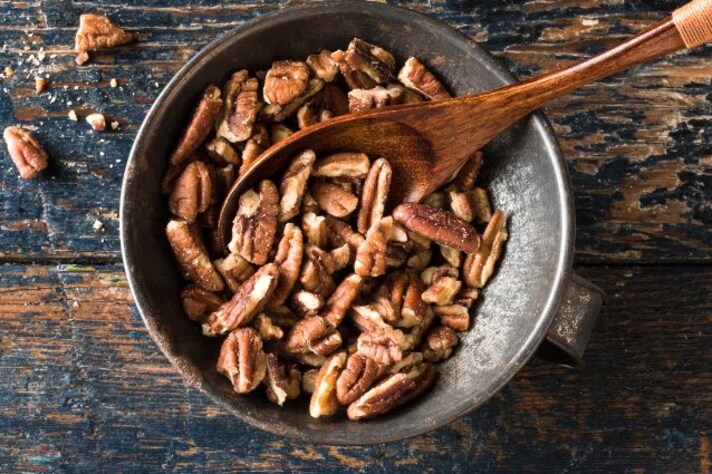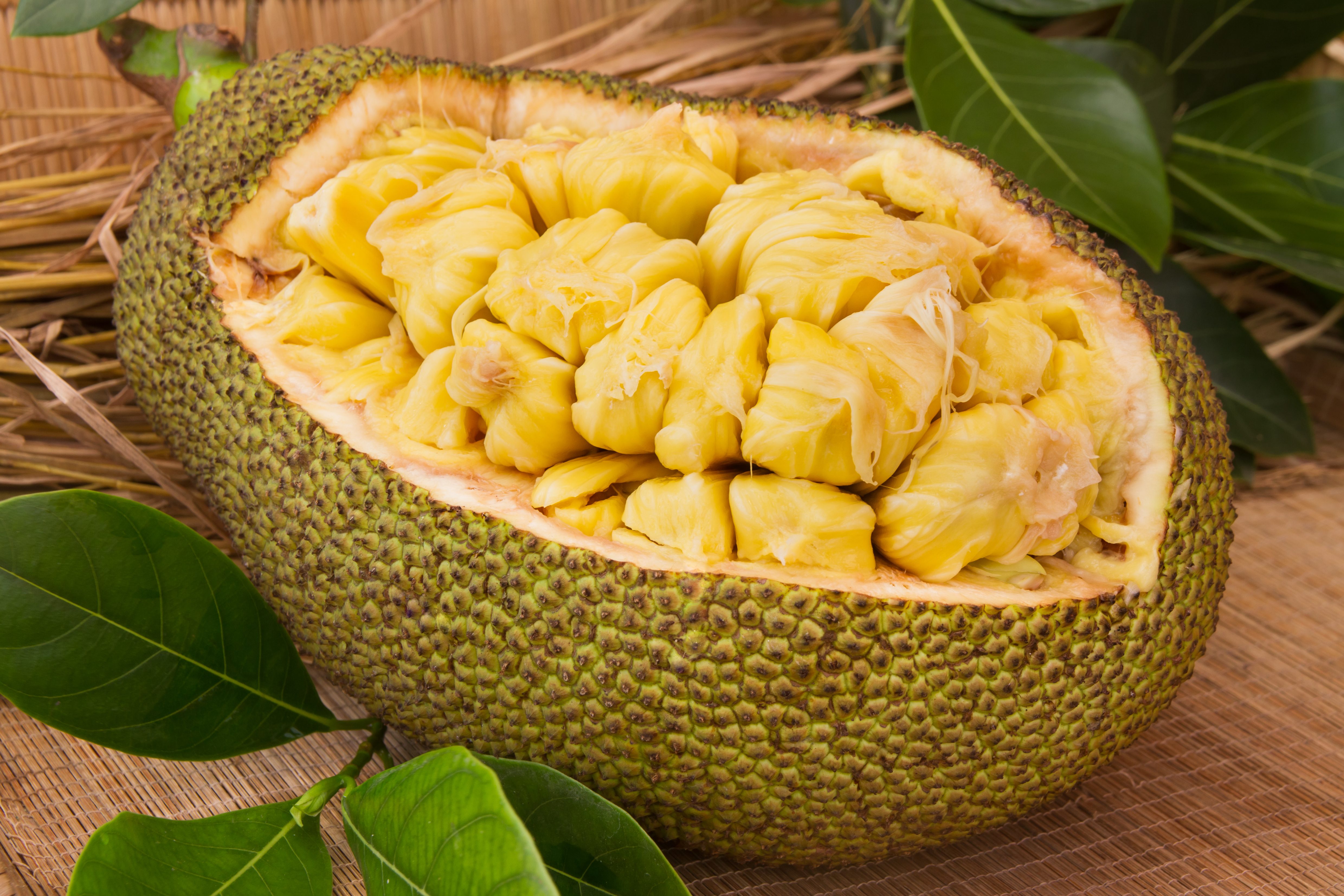What Are Pralines And Everything Else You Might Have Been Wondering About These Vintage Treats
These sweet treats, often made with nuts like pecans, almonds, or hazelnuts, have a rich history dating back to 17th-century France, with evolutions and different types in America and Europe. The pronunciation varies by region: PRAY-leenz in the North and PRAH-leenz in the South.

Aaaah, a praline, a sweet treat we indulge in from time to time. Have you ever wondered where they come from, exactly? These delightful confections have a rich history, shrouded in mystery to many. Even their pronunciation can trip people up – yes, you read that right! Let’s dive into the world of pralines, uncovering their origins, ingredients, and much more.
What Exactly is a Praline?
First things first, what are pralines? A praline is a sweet, creamy confection typically made from nuts and sugar, often with cream or butter to give it that irresistible texture. The most common nuts used are pecans, almonds, and hazelnuts, each lending its unique flavor to the treat. There are three main types of pralines: American, Belgian, and French. American pralines, especially popular in the South, are usually made with pecans and have a creamy, fudge-like consistency. Belgian pralines are chocolates with a hard outer shell and a soft, sometimes nutty, filling. French pralines are a bit simpler, typically consisting of caramelized almonds or hazelnuts.

Praline's History
The history of pralines dates back to the 17th century. The treat is named after Marshal du Plessis-Praslin, a French diplomat whose chef created the original recipe. The chef coated almonds in caramelized sugar, creating a delicacy that quickly gained popularity in France. When French settlers arrived in Louisiana, they adapted the recipe to use the abundant pecans, and thus, the American praline was born. Over time, each region has put its unique spin on pralines, making them a beloved sweet across the world.
Pecan vs. Praline: What’s the Difference?
Now, you might be wondering, what's the difference between a pecan and a praline? It’s a bit like asking the difference between a peanut and peanut butter. A pecan is a type of nut, rich in flavor and often used in various culinary dishes. A praline, on the other hand, is a sweet treat that often features pecans as a primary ingredient. So while pecans can stand alone as a snack, they become part of something greater when transformed into pralines, coated in sugar and cream.

To Pronounce or Not to Pronounce
Ah, pronunciation – the eternal conundrum! Is it PRAY-leenz or PRAH-leenz? The answer depends on where you are. In the Southern United States, you’ll often hear PRAH-leenz, reflecting the region's unique accent and love for pecans. Elsewhere, especially in the North and in Europe, PRAY-leenz is more common. Both pronunciations are correct, but if you want to sound like a true Southern connoisseur, go with PRAH-leenz. It might just earn you a few extra pralines!
How to Make Pralines
If all this talk of pralines has your mouth watering, you might be tempted to whip up a batch yourself. While I won’t delve into a full recipe, making pralines typically involves sugar, cream, butter, and pecans. Heat the sugar and cream together until they reach a caramel-like consistency, then stir in the butter and pecans. Drop spoonfuls onto wax paper, let them cool, and voila! You have homemade pralines. It’s a simple process, but like any good magic trick, it requires a bit of practice to perfect.
;Resize,width=767;)

;Resize,width=712;)

